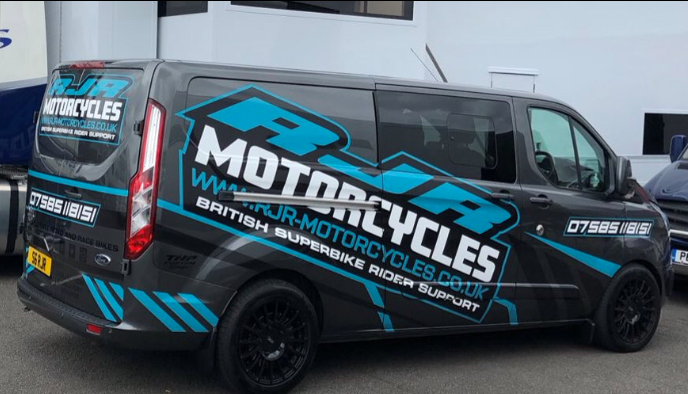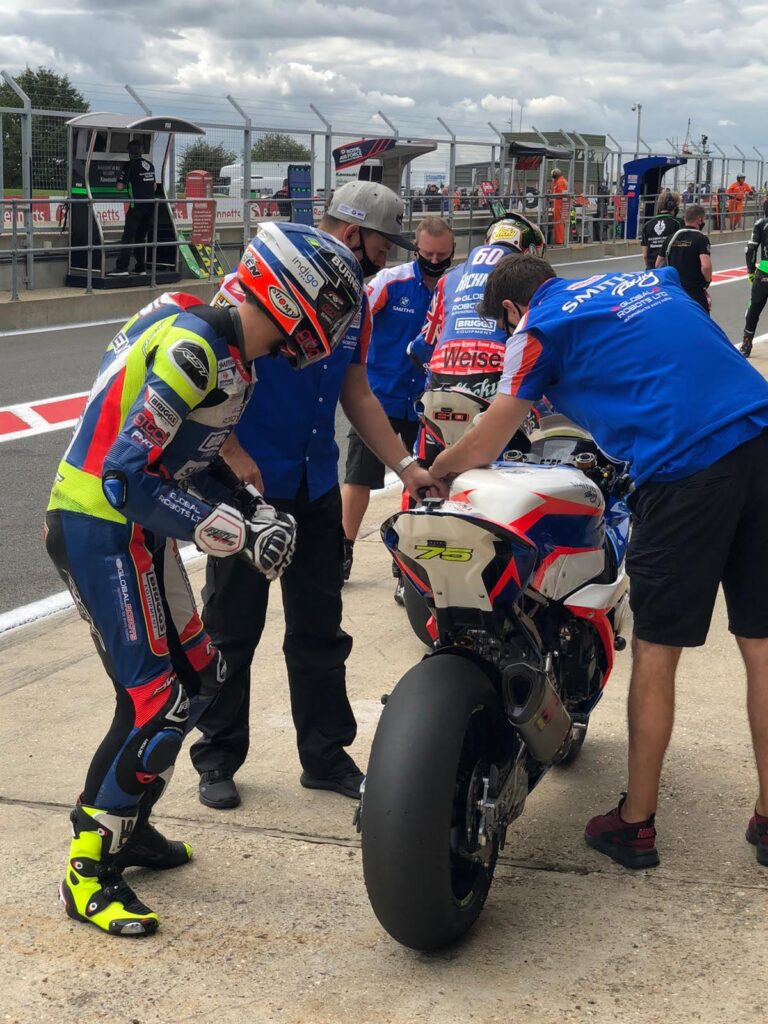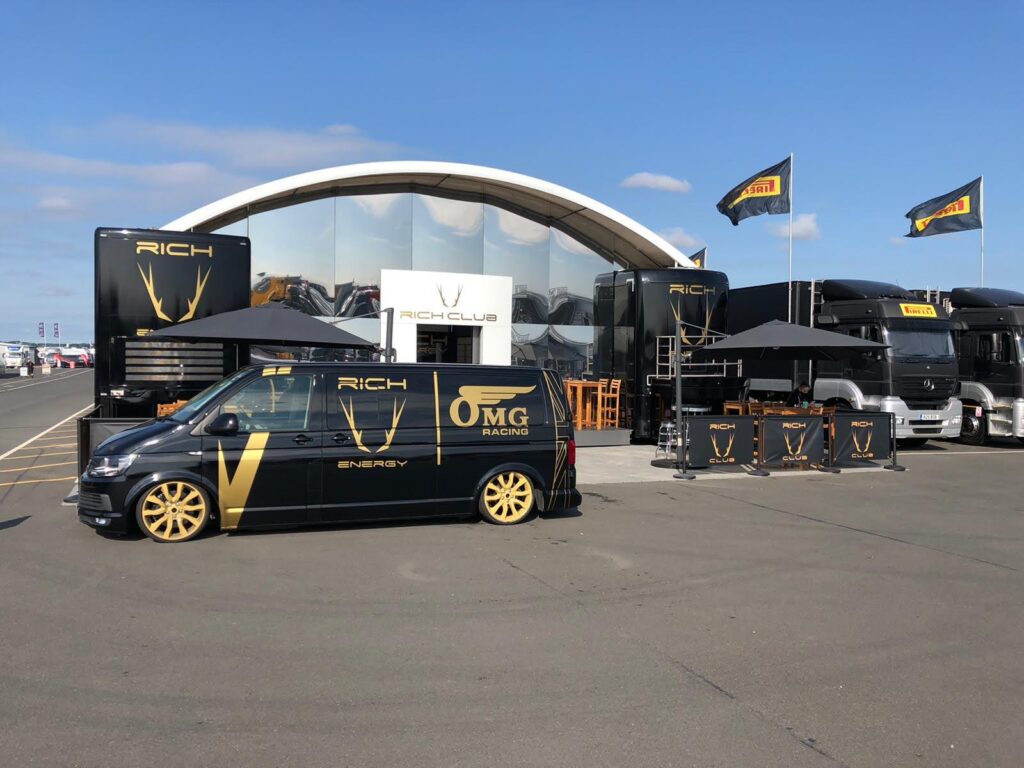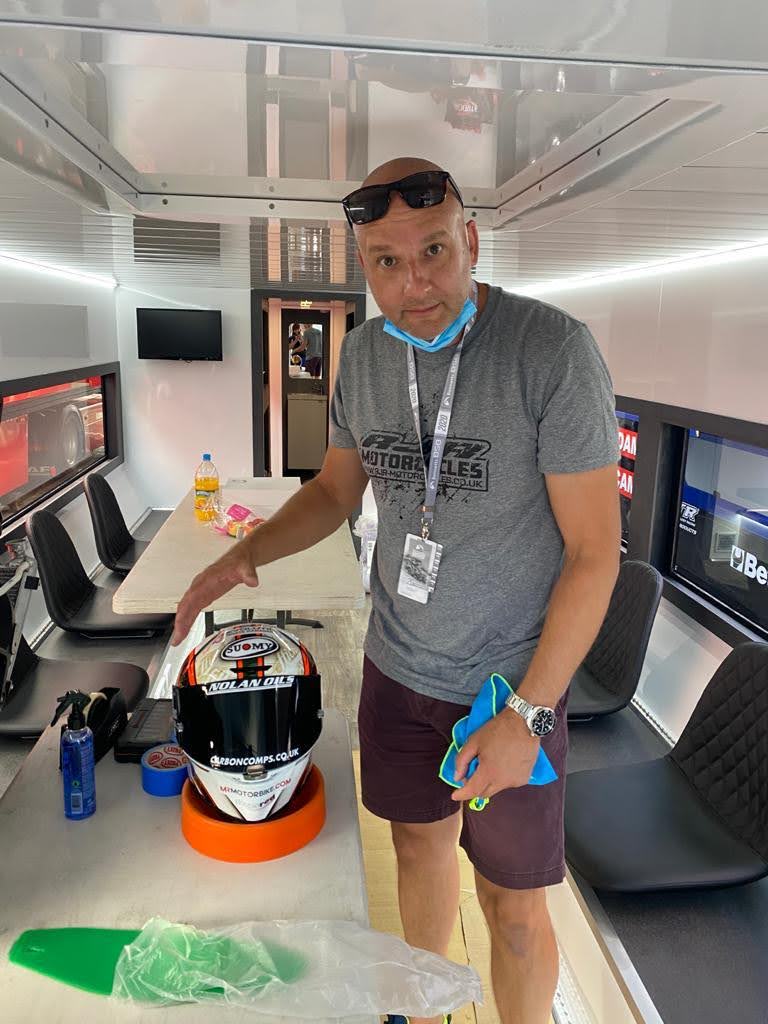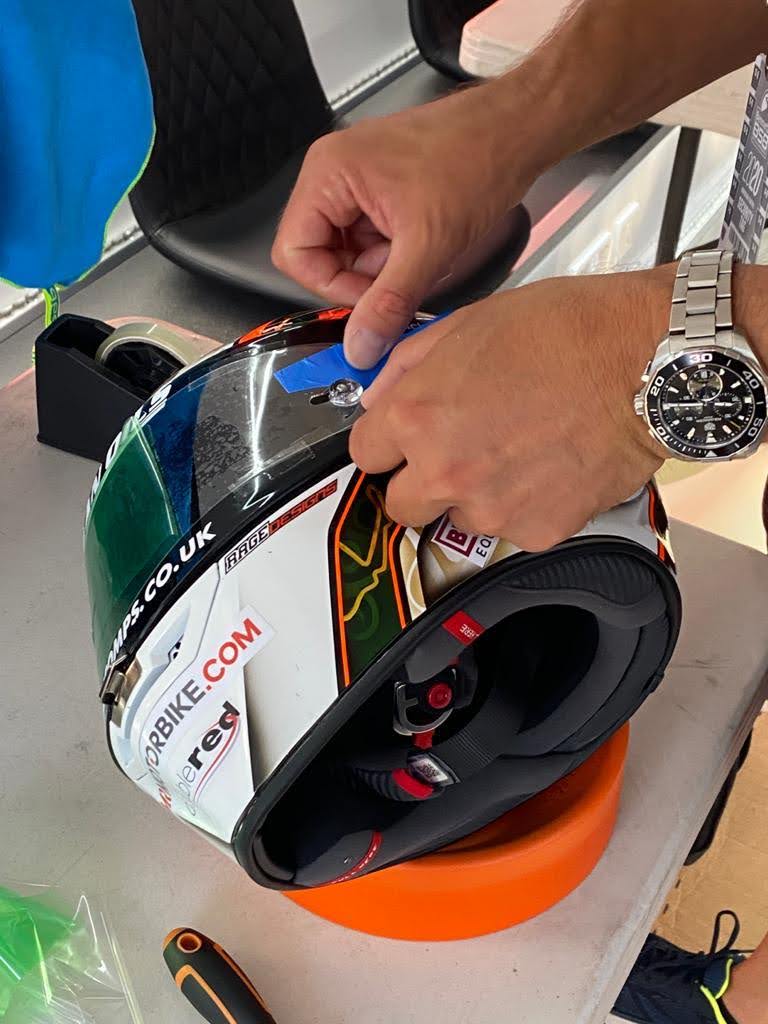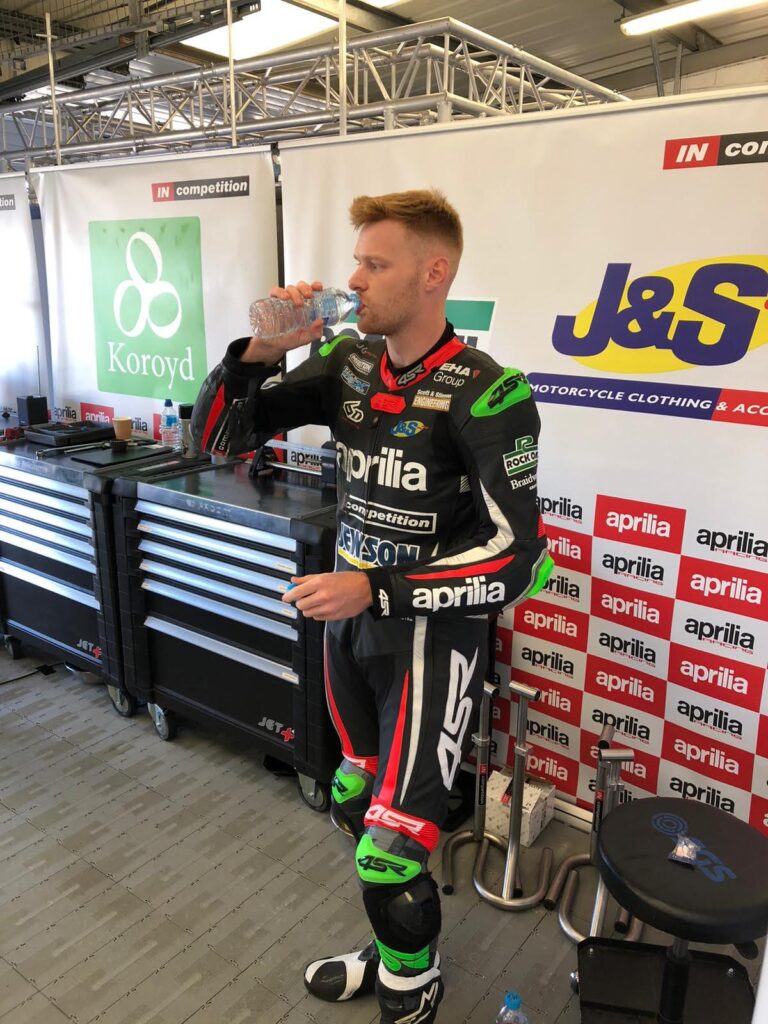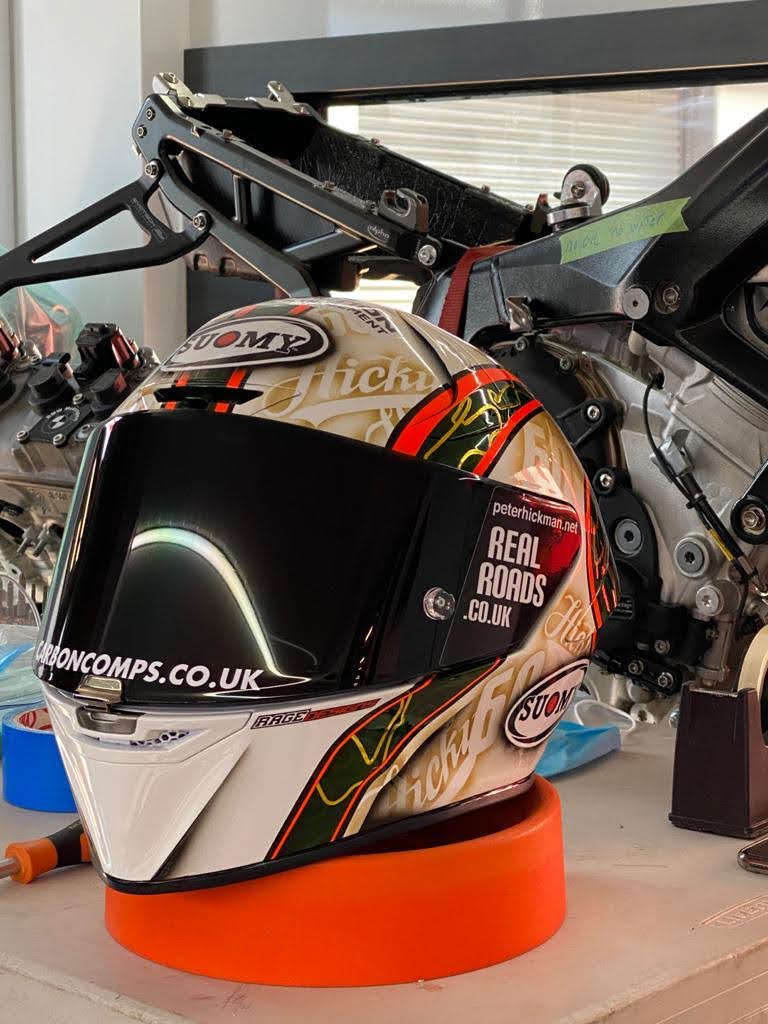So I was asked by a chap called Roger Rawlins, who owns RJR Motorcycles and is a crash helmet technician for a few British Superbike and Superstock racers, if I would like to shadow him at the BSB round at Silverstone on Sunday last weekend.
Well, who’s going to turn down an offer like that!
I met Roger at Silverstone early doors and we made our way to the Smiths Racing truck where Roger would be working out of that day.
Before today I didn’t know what being a crash helmet technician entailed so it was going to be a very interesting day.
Roger looks after the crash helmets for the following riders:
Superbikes:
Peter Hickman: BMW – Global Robots BMW
Alex Olsen: BMW – Global Robots BMW (Alex had an accident the day before and is in hospital. I wish Alex a speedy recovery and hope to see him back on track soon)
Héctor Barbera: BMW – RICH Energy OMG RacingGino Rea: Suzuki – Buildbase Suzuki
Superstock:
Danny Kent: Kawasaki – Morello Racing
Fraser Rogers: Kawasaki – Morello Racing
Billy McConnell: BMW – RICH Energy OMG Racing
David Allingham: Aprilia – IN Competition/Aprilia
In breaking news though, David is now riding for Michael Dunlop on a Suzuki GSXR 1000 – congratulations David, that is brilliant news.
First job of the day, cup of tea – I think I’m going to like this.
Roger goes into the garages of the riders he looks after and collects their crash helmets and takes them back to the trailer.
The visors of each helmet are taken off (Roger made this look easy but when I’ve tried to take my visor off in the past, it normally doesn’t end well)!
The inside is then cleaned and the pinlock on the inside of the visor is checked to make sure that it doesn’t need taking off and cleaned as residue can get in between the pinlock and visor which could hamper the rider’s visibility.
The visor is then put back onto the helmet and attention is then turned to the outside of the visor. Again, the visor is cleaned and then tear off strips are applied to the outside of the visor.
What is a tear off strip I hear you say?
They are thin strips of clear plastic that are placed across the front of the visor and as a rider (or indeed a racing car driver) goes around the track, flies and dirt land on the visor which restricts visibility. The rider can then remove one of the tear offs and this will then give them a clear visor, simple yet very effective.
Roger places one of the plastic strips across the visor which are secured either side to pin type things (there is probably a technical term for these and I will have to find out what they are) and then smooths it down with a scraper to remove any air bubbles.
A piece of, what I would call duck tape but there’s probably a proper name for it, is then stuck down on one side of the film strip, doubled over and then cut to shape to form a tab.
Each rider has their own idea of how many tear off strips they require for each race but normally two or three are added to the visor per race. To add more tear off strips, the process is repeated again until there are the required number of tear offs.
The outside of the crash helmet itself is then cleaned and the crash helmet is then ready to go back to the rider in their garage ready for the next time it is needed.
So after the crash helmets have been cleaned and returned to their riders it’s tea time again
Once all the crash helmets are done, Roger and I went off to watch some of the racing from the banks (the grandstands are closed at the moment).
If you’ve ever been to Silverstone Circuit you will know that there is normally a cold wind there but today the sun was shining and I did venture to take my jacket off.
Once each race has finished, we made our way back to the pits to collect the crash helmets and start the process again stopping on the way for another cuppa.
Going into the team garages was very interesting, there are normally two riders per team and each rider has their own set of mechanics who, every time I went into the garage, were working on the bikes.
I guess each time the bike comes back in, it is checked over and any adjustments the rider requires will be made. The rider chats with his engineer to give him feedback on any issues that may have arisen during the race.
I found the whole day really interesting and extremely exciting to have been given this level of access to see the amount of work that goes on behind the scenes and it made me realise just how many people are involved in the team to get each rider out on track.
Thank you Roger for the opportunity of seeing what you do, I really appreciate it
BK

